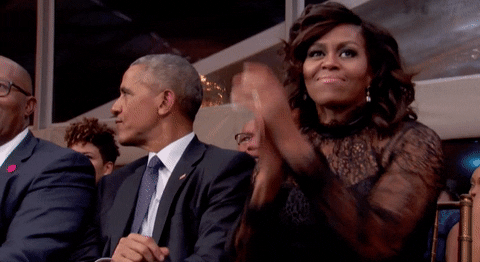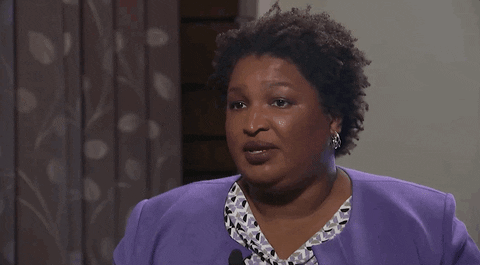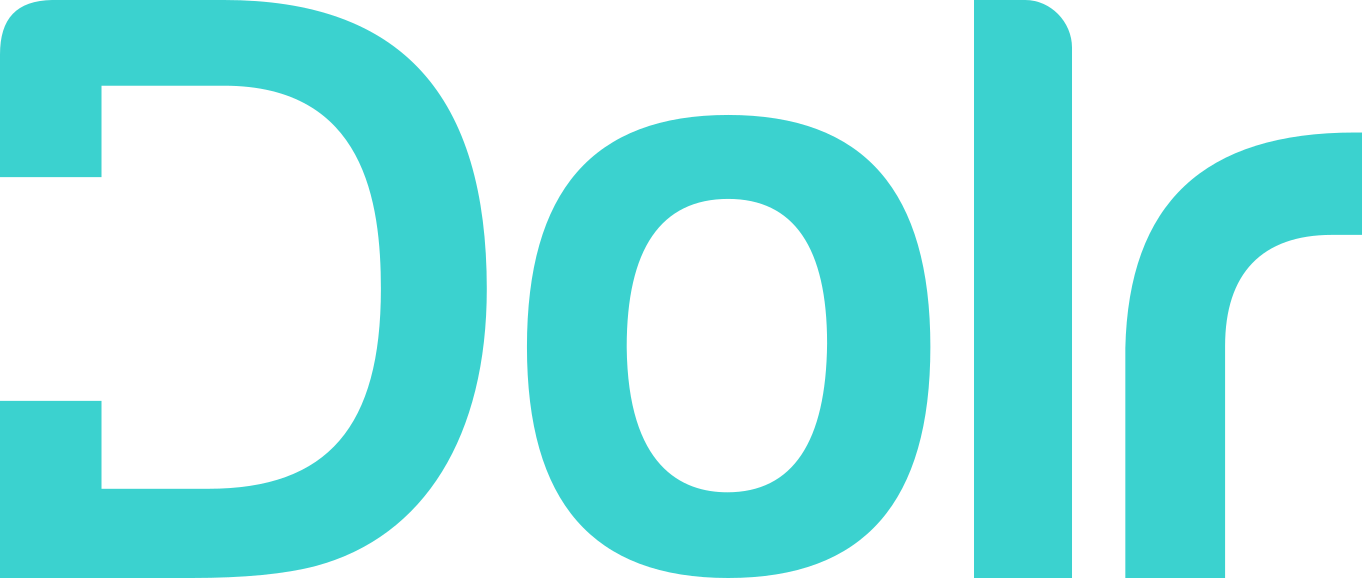Politicians Struggle to Pay Off Their Student Loans Too
According to a 2020 report, members of the 116th Congress owe between $2.4 and $5.8 million in student loan debt.

Think you’re alone there, buried under your student loans?
Think again. Not only are there millions of other student loan borrowers out there, some pretty fancy people have been on that student loan path just like you.
According to a 2020 report, members of the 116th Congress owe between $2.4 and $5.8 million in student loan debt. For newer lawmakers, that debt tends to be for their own education. For older lawmakers, the debt is often for a child or dependent.
In honor of President’s Day, we’re sharing a little information about some high-profile folks who took quite a while to pay off their student loans.
President Obama and Michelle Obama

In 2012, at the University of North Carolina in Chapel Hill, President Obama told an arena of cheering college students that he’d only paid off his student loans a few years before running for president.
"Check this out, all right,” he said to the crowd. “I'm the president of the United States. We only finished paying off our student loans about eight years ago. That wasn't that long ago. And that wasn't easy--especially because when we had Malia and Sasha, we're supposed to be saving up for their college educations, and we're still paying off our college educations.”
When the Obamas married, their combined student loan debt was $120,000. Both had taken out around $40,000 to pay for law school, and both had undergraduate loans as well. Obama said that in the first eight years of their marriage, they paid more on their student loans than they did on the mortgage for their condo. Sounds like they were really focused on paying those loans off.
Of course, something else big happened that helped them make those final payments.
Obama — just about to become Senator Obama — signed a $1.9 million book deal. That does make paying off those loans a little easier.
Most of us aren’t going to get a million-dollar book deal, but we can take something from the Obamas experience: student loans didn’t hold them back from their goals. Obama hadn’t paid off his student loans when he ran for the U.S. Senate or when he was elected.
Rep. Alexandria Ocasio-Cortez

Ocasio-Cortez has been a staunch advocate for student loan reform, and in December 2021 she shared on the House floor that she chose not to get a graduate degree because she didn’t want to go into that much debt.
In 2021, Ocasio-Cortez took issue with the frequent argument that student loan reform would only help the very rich. "I'm greatly looking forward to the Biden administration canceling student debt and no longer advancing the false narratives that student-loan debt is for the privileged," she said on the House floor. "What a ridiculous assertion. Do we really think that a billionaire's child is taking student loans? Come on."
At 32 years old in 2021, she had over $17,000 in student loan debt. Ocasio-Cortez graduated from Boston University in 2011 with degrees in Economics and International Relations.
Pete Buttigieg

The former presidential hopeful and now U.S. Secretary of Transportation talked during his campaign about the $130,000 in student loan debt he and his husband owe. Most of those loans are from his husband Chasten’s graduate education to become a teacher.
Buttigieg was fortunate to receive a Rhodes scholarship, so he graduated from Harvard University in 2004 without much debt. Chasten’s bachelor’s degree is from the University of Wisconsin, and he has a master’s degree from DePaul University.
It’s clear that Buttigieg sees the debt from Chasten’s education as a shared liability of their marriage even though he didn’t bring much debt to the relationship. They’re dealing with something thousands of married couples deal with all the time — one partner with a lot of student loans and one without.
Martin O’Malley

Politicians aren’t just paying off their own student loans. Some of them have taken out loans for their kids. Former Maryland Governor and Presidential candidate Martin O’Malley revealed in 2016 that his family was carrying more than $330,000 in student loans.
They took out the loans — mainly Parent PLUS loans — for their daughters to attend college out of state.
In a phone interview with The Washington Post, O’Malley acknowledged their privilege to help their daughters in that way. “I don’t want to hold us up as a metaphor of every family,” O’Malley said. “We are very lucky in that both of us are working and hopefully will continue to work. I think one thing that is true for all of us as Americans, it’s not good for our country or our economy to saddle [families] with the sort of debt that we have. A lot of families don’t have the ability to go into that sort of debt.”
At the time, O’Malley and his wife still had two sons who (presumably) would also want some help to pay for college.
Stacey Abrams

Former Georgia gubernatorial candidate and founder of Fair Fight, Stacey Abrams came under attack during her campaign because of her debt load. At the time, she had more than $200,000 in debt, made up of credit card loans, student loans, and deferred tax payments to the IRS.
“I am in debt, but I am not alone,” she wrote in an essay for Fortune. “Debt is a millstone that weighs down more than three quarters of Americans.”
In an interview with Glamour magazine, Abrams explained the circumstances behind her debt — her responsibility to care for her ailing parents and for extended family members. “What I decided is: I can defer taxes,” she said. “But I can’t defer cancer treatment for my parent, I can’t defer health care insurance, I can’t defer food and shelter for my niece.”
Abrams is one example of how changing demographics of politicians will highlight some of the disparities in wealth and debt among different racial and socioeconomic groups in the United States. Since people of color and women tend to have a higher debt burden, greater representation of those groups in elected office will show more debt representation — and maybe a great interest in solving the student loan debt crisis.
If you’re interested in taking control of your student loans, check out The Daily Dolr, the most convenient way to pay off your student loans faster.
Contributed by Katie Taylor.


